Some time ago our followers on Twitter were posed with a question:
“What event(s) destroyed or damaged your trust in institutions? Share your stories in this thread whether the institution(s) in question are universities, businesses, media, entertainment, government, or otherwise.”
There was decent variance in the responses which ranged from events like the JFK Assassination to 911 to the circumstances surrounding the 2020 Presidential Election. One of the common themes that arose was COVID-19 and the approach taken in response to the pandemic. People shared stories of lives ruined, economic hardship, and a feeling that their freedoms were being stripped away. I visited Canada at one point during the pandemic; a memory from the trip that always gets to me is a dude coming into a restaurant for food and being denied service when he failed to produce his “proof of vaccination” for COVID-19. I didn’t verify but the guy looked like he was in his mid-late teens.
Was it worth it? Ultimately, it seems the answer is no, and COVID-19 Pandemic Response did not need to be as draconian as the policies we experienced. Perhaps the most damaging policy approach we saw during COVID-19 was the implementation of lockdowns. Although hindsight is 2020 (pun intended), one country quickly emerged as an outlier: Sweden. From early on as many countries were shutting down their economies, Sweden took a different approach by remaining open.
The results speak for themselves: despite not implementing lockdowns to the same degree as its European neighbors, Sweden did well in managing deaths resulting from COVID-19.
Another safety approach that was actively encouraged was masking. Although Anthony Fauci flip-flopped a bit on his masking stance, it became a common virtue signal for celebrities and politicians alike to advocate for masking.
General masking (regardless of the mask’s material; this matters because, for example, there’s variance in effectiveness between N95s and basic cloth masks) became another popular policy that long-term data disproved as shown in the above graph cited by the New York Times. Ultimately, another factor that destroyed faith in the COVID-19 response was those pushing for heavier restrictions failing to follow their own rules and various exceptions.
Despite the aggressiveness of the initial response in early 2020, Americans seemed relatively on board with some even rejoicing at the idea of having a common purpose: fighting a virus that could infect anyone which came as a relief after what had been a divisive few years under the Donald Trump presidency. That was until the Black Lives Matter movement kicked into high gear after the death of George Floyd.
After all the work Americans had put into containing the virus, “health professionals” penned a letter peddled by Corporate Media urging special exceptions be made for the large crowds gathering in the streets to protest for Black Lives Matter. It was clear at this point that politics and race essentialism was driving Pandemic Response policy in place of hard science. Over the course of the pandemic, more and more headlines were printed that contradicted one another further decaying any trust Americans had left in health institutions.
The race essentialist approach also bled over into actual healthcare as some medical facilities began prioritizing patients on the basis of skin color for treatment where being a certain race was treated as a higher risk factor than “Congestive Heart Failure” and “Chronic Kidney/Liver Disease.”
More inconsistencies emerged with school shutdowns with the state of California being one example. While many Californians were eating at home, governor Gavin Newsom was eating out. While many Californians were keeping their kids home, governor Gavin Newsom was sending his kids to private school. These double standards extended beyond Gavin Newsom and made it hard to take American politicians who could not lead by example seriously.
Aggressive censorship also made it difficult to discuss certain ideas online. Stating on Twitter, for example, that COVID Policy could harm children and result in learning loss could place you on a blacklist as was done to Stanford Doctor, Jay Bhattacharya. Ultimately, Bhattacharya was proven correct as Harvard later released a statement
And a San Francisco school report indicated learning loss that was most prominent in underrepresented minority children.
Now, where does all this leave us? With offers for Pandemic Amnesty.
After all the damage caused to regular people by Elitist COVID-19 policymaking, the idea of a Pandemic Amnesty is a tough pill to swallow. It took a bit to verbalize why this rubbed me the wrong way since forgiveness is important. Amnesty would imply mutual effort. What’s been missing is remorse from the Covid Authoritarians. Pandemic Amnesty is hinting at forgiveness as a pretense to forget draconian abuses of power. Ultimately, there needs to be accountability for those who blindly pursued authoritarian COVID-19 policy and their role can not be erased from the public consciousness. Whether that accountability comes in the form of proper acknowledgments or otherwise, it seems risky to accept Pandemic Amnesty given the lengths governments used COVID-19 as an excuse to exercise extreme restrictions on their citizens.




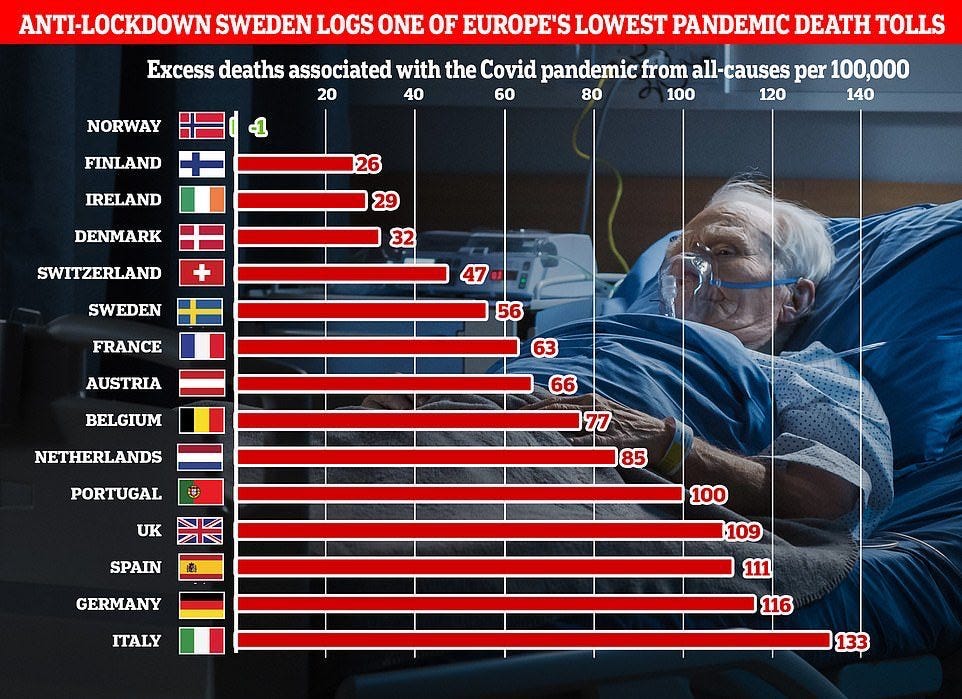
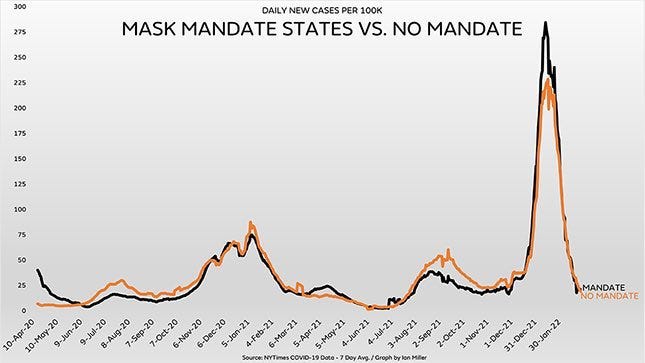
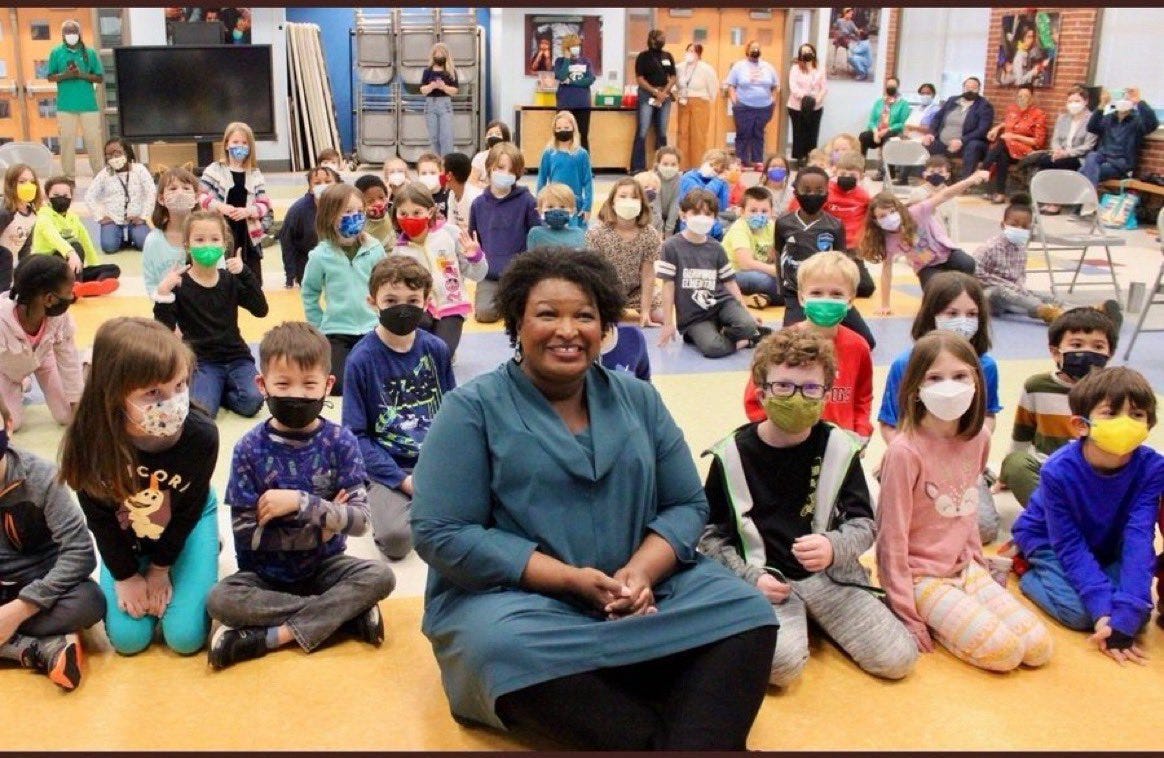

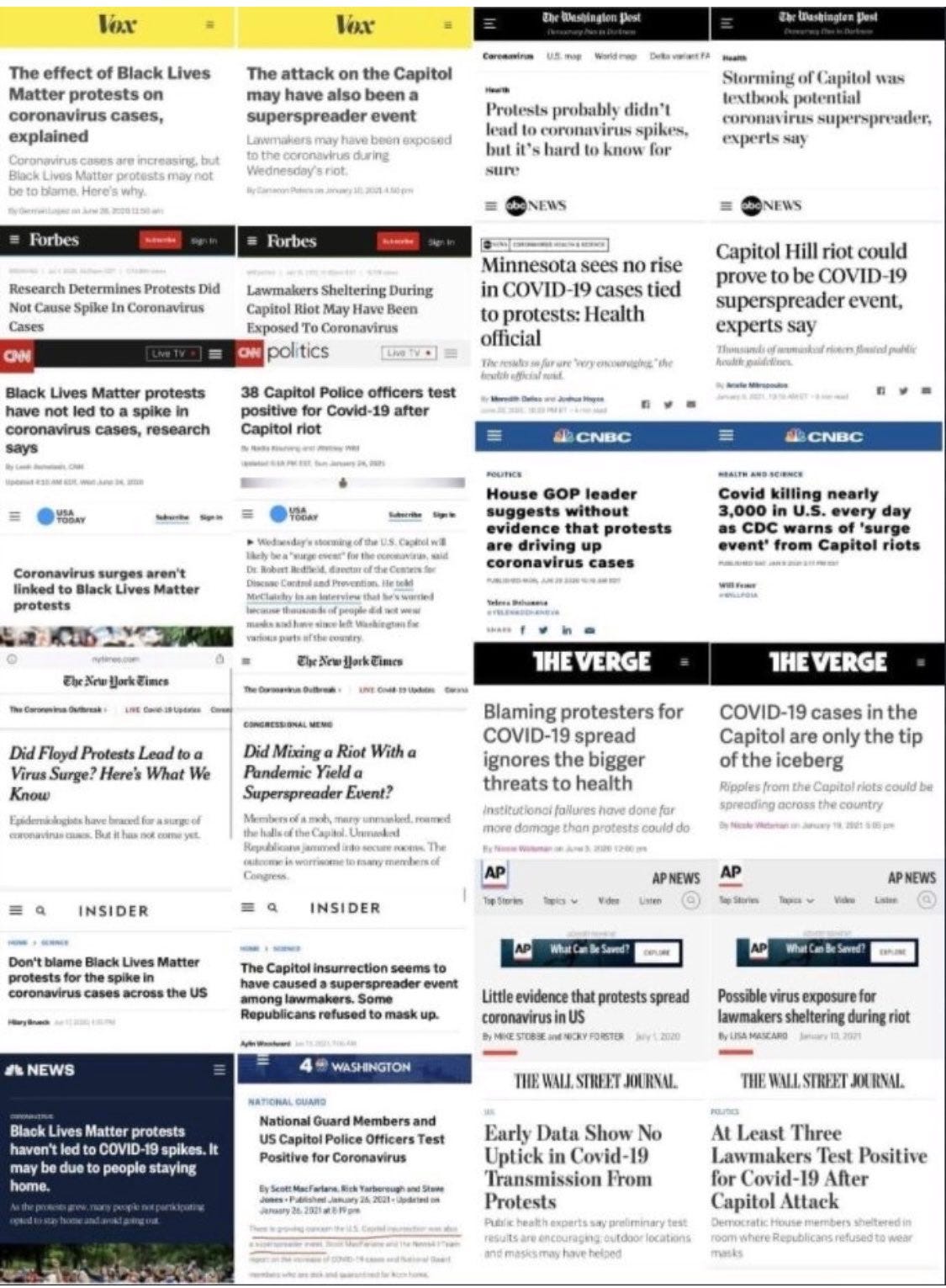
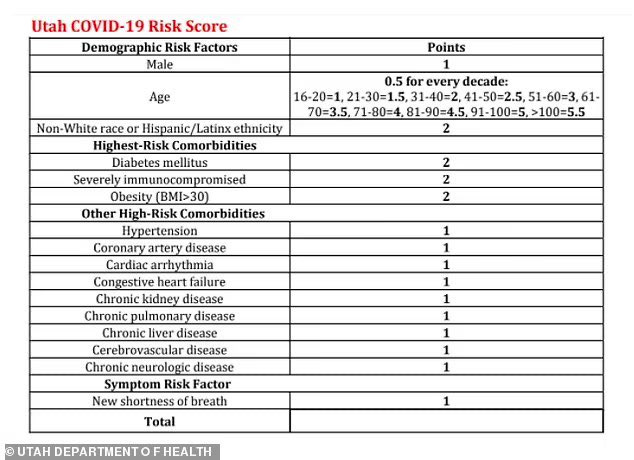

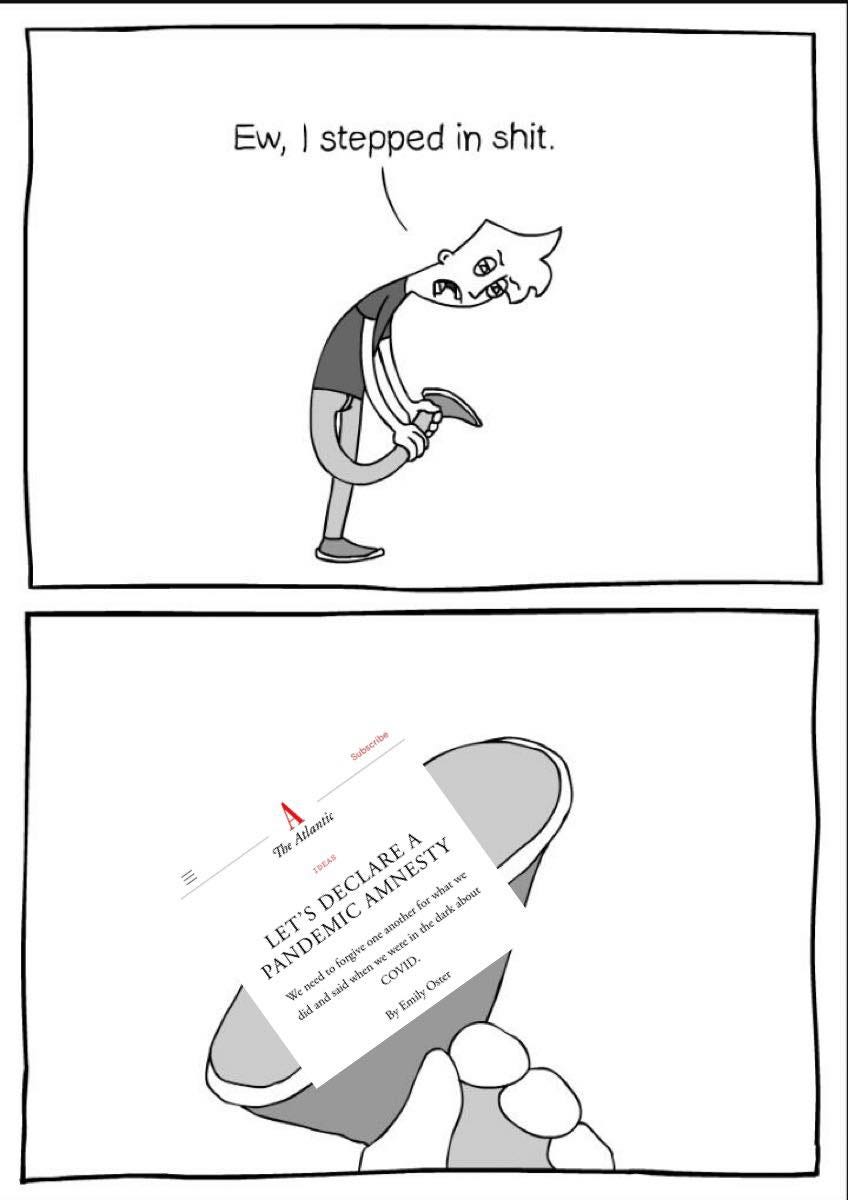
Great compilation. Speaking of amnesty, human rights NGOs like amnesty international were silent throughout covid tyranny. They are all compromised: https://yuribezmenov.substack.com/p/how-to-control-your-souls-desire
Excessive cyber surveillance and tampering of digital gadgets and application including some government sponsored/authorized computer programs. Negligence of written laws and regulations while they are violated in public. Lack of transparency from the government institutions and unlawful treatment of taxpayers in violation of government policies and regulations. Lack of trust from government funded institutions like USPS, IRS, DOL, the Justice System and law enforcement.